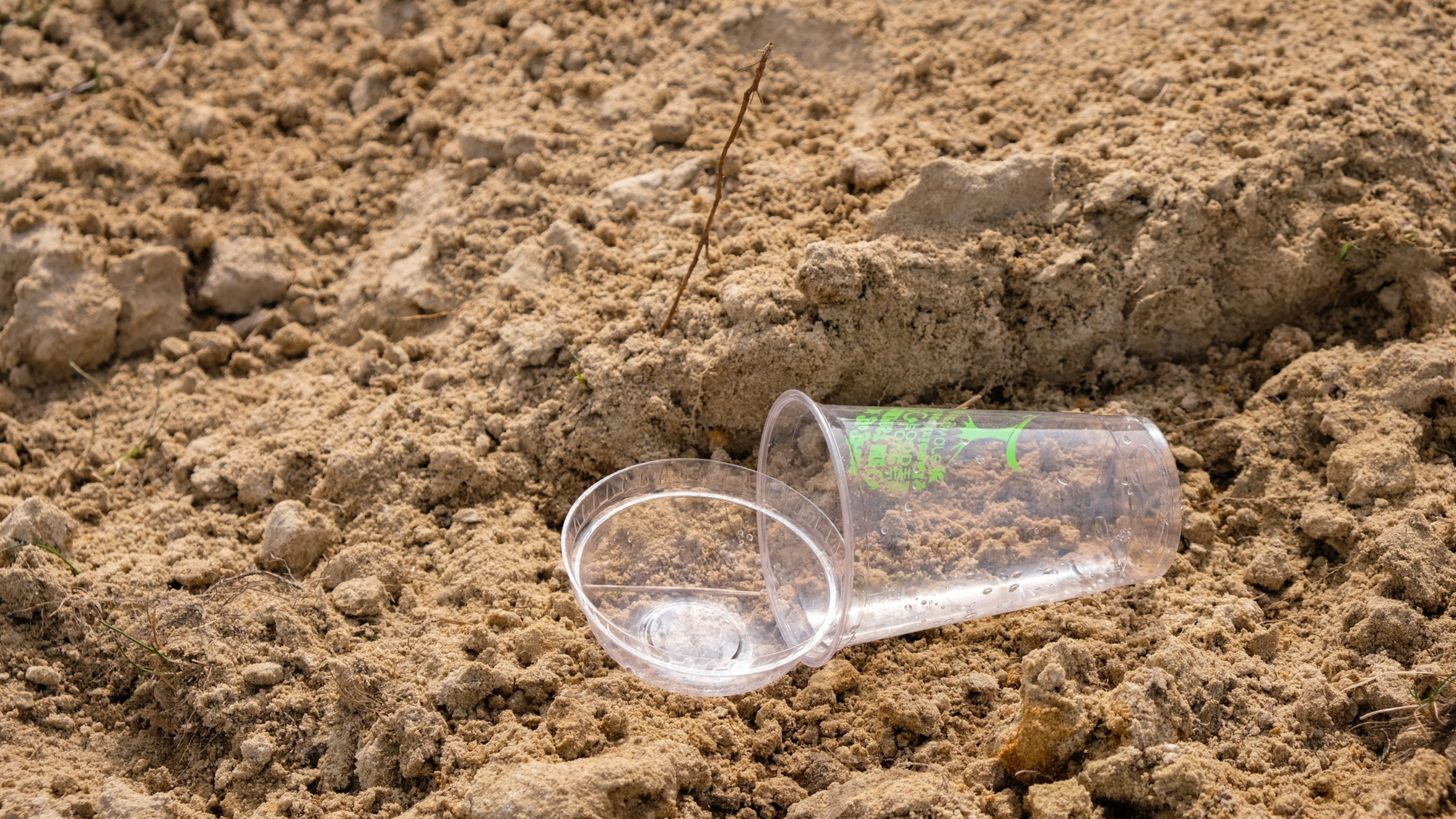This article was originally featured on Hakai Magazine, an online publication about science and society in coastal ecosystems. Read more stories like this at hakaimagazine.com.
Plastics produced from plants are often considered less environmentally damaging than plastics made from petrochemicals. But scientists are warning that we should be careful making such assumptions.
A new literature review examining the results of around 20 scientific papers has found that bio-based plastics, most of which are made from cornstarch, can be just as toxic as their conventional cousins when dumped in coastal environments. The review also shows that plastics marked as biodegradable often fail to break down in these environments.
The paper highlights the lack of research into the environmental toxicity of bioplastics. The authors write that, for now at least, regulations on bioplastics need to be as tight as those for petroleum-based polymers.
Bioplastic production has boomed in recent years on the back of concerns around plastic waste and the carbon footprint of plastic production. According to European Bioplastics, an industry association, 2.4 million tonnes of bioplastics was made globally in 2021—a number expected to triple to around 7.5 million tonnes by 2026. This represents less than two percent of global plastic production.
The term bioplastics is quite broad. It covers both bio-based plastics, which are made from plants or other non–fossil fuel organic matter rather than petroleum, and biodegradable plastics, whether bio-based or made from fossil fuels.
Bioplastics also aren’t necessarily different from conventional plastics, says Martin Wagner, an environmental toxicologist at the Norwegian University of Science and Technology who was not involved in the review but whose work was included in the analysis. While some bioplastics are new chemical compounds, others are chemically identical to conventional plastics, just produced from carbon derived from plants rather than fossil fuels.
While acknowledging that there is not a lot of data available, and that much of it focuses on the same few bioplastics (such as polylactic acid and polyhydroxyalkanoates, which are mainly produced from starch from plants such as maize, sugar cane, and soybean), the review’s authors suggest that the toxic effects of bioplastics on marine and estuarine life can be of a similar magnitude as those from conventional plastics.
For instance, some of the studies included in the review show that both conventional plastics and bio-based plastics can affect how well mussels attach to rocks. They can also affect the activity of enzymes in the mussels’ digestive systems and gills, and provoke an immune response and kick-start detoxification mechanisms.
However, bioplastics also come with their own unique problems. Bio-based plastics, the review shows, can affect the marine environment in different ways than conventional plastic. For instance, two studies showed that plastic bags derived from cornstarch decrease the level of dissolved oxygen in marine substrates. The cornstarch plastic also causes the seafloor substrate to heat up. The authors of one paper suggest that the bioplastic had a sealing effect on the sediment.
The failure of plastics certified as biodegradable or compostable to break down under marine conditions is not particularly surprising. Degradable bioplastics are designed to break down and convert at least 90 percent of their material into carbon dioxide under specific composting, industrial, and laboratory conditions, not on the beach or the seafloor. But the reviewed studies found that in realistic marine conditions, degradation rates vary hugely depending on the thickness and type of bioplastic. While some items completely degraded or disintegrated in a few months, others could take years to completely degrade.
Wagner says the attitude that some people hold that everything that is biological is better is problematic and based on wishful thinking. “I think the underlying assumption that just because it is bio-based or biodegradable that makes it safer needs to be challenged because there is just no logical reasoning why that should be,” he explains.
Elena Fabbri, an expert in plastic toxicity at the University of Bologna in Italy who also wasn’t involved in the review, agrees: “It’s not correct to say that bioplastics are necessarily safer.”
Bioplastic development has focused on renewable feedstocks and sustainability, Wagner claims, but neglected the products’ sometimes unique safety issues. He says his work on bioplastics, such as starch-based and bamboo-based plastics, has shown that they contain toxic chemicals comparable to those in petroleum-based plastics. These toxic compounds could be either additives used to improve the functional performance of plastic, or substances added unintentionally, such as byproducts created during manufacturing, he explains.
Fabbri echoes Wagner, highlighting that many bioplastics contain thousands of additives. She adds that a large part of the problem is that manufacturers do not have to list the additives they use. This makes it challenging for researchers to identify these chemicals, she adds, as they do not know what they are looking for.
While Fabbri believes bioplastics are a good innovation, she says we need to be certain they are safe and sustainable—and this includes the products of their degradation.
“If you produce bioplastic as a safer plastic, you should also ensure that everything coming out from those plastics—the microplastics, the fragments, and the leaching compounds—are safer as well,” Fabbri explains.
This article first appeared in Hakai Magazine and is republished here with permission.










